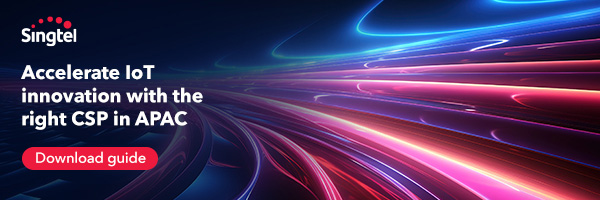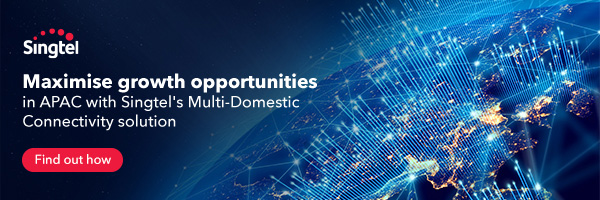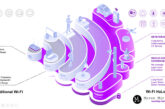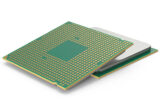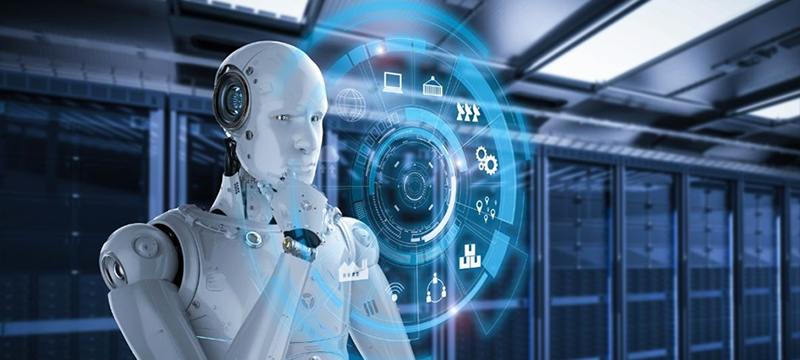
The fusion of Artificial Intelligence (AI) and the Internet of Things (IoT) is propelling us into a new era of interconnected intelligence. This synergy, often referred to as AIoT, holds the potential to revolutionize industries, enhance daily life, and enable unprecedented levels of automation and efficiency. In this article, we will delve into the world of AIoT, exploring its definition, key applications, benefits, challenges, and the promising future it holds for our interconnected world.
Defining AIoT
AIoT, or Artificial Intelligence of Things, is a convergence of AI and IoT technologies. It involves embedding AI algorithms and machine learning models into IoT devices, enabling them to process and analyze data locally and make intelligent decisions. AIoT leverages the power of data analytics and machine learning to extract valuable insights and respond to changing conditions in real time.
Key Applications of AIoT
1. Smart Home
In the realm of smart homes, AIoT is making homes more intelligent and efficient. Smart devices, such as thermostats, cameras, and voice assistants, use AI to learn user preferences and adapt to individual needs. These devices can optimize energy use, enhance security, and automate various household tasks.
2. Healthcare
AIoT plays a vital role in remote health monitoring and telemedicine. Devices equipped with AI can collect and analyze patient data, such as vital signs and symptoms, and provide real-time health recommendations or alerts. This technology improves the quality of healthcare and helps manage chronic conditions more effectively.
3. Industrial Automation
In manufacturing and industrial settings, AIoT is transforming operations. IoT sensors collect data from equipment and processes, while AI algorithms analyze this data to predict maintenance needs and optimize production. This reduces downtime, increases efficiency, and improves overall productivity.
4. Smart Cities
AIoT contributes to the development of smart cities by enhancing urban planning and management. Traffic lights, surveillance cameras, and environmental sensors use AI to analyze data and improve traffic flow, monitor security, and reduce pollution.
5. Agriculture
In smart agriculture, AIoT is revolutionizing farming practices. IoT sensors collect data on soil quality, weather conditions, and crop health. AI models analyze this data to make decisions about irrigation, fertilization, and pest control, optimizing crop yields and resource use.
6. Retail
Retail businesses use AIoT to enhance the shopping experience. Smart shelves can monitor inventory levels, and AI algorithms can analyze customer behavior and preferences to personalize marketing and promotions.
7. Autonomous Vehicles
The automotive industry is integrating AIoT in the development of autonomous vehicles. AI algorithms process data from sensors, cameras, and Lidar systems to make real-time decisions for safe and efficient self-driving.
8. Energy Management
AIoT is improving energy efficiency by allowing smart grids to optimize power distribution based on real-time demand and supply data. This reduces energy waste and supports sustainable energy practices.
Benefits of AIoT
The integration of AI and IoT offers numerous advantages:
1. Real-Time Decision Making
AIoT enables devices to make real-time decisions based on data analysis. This leads to faster responses to changing conditions and improved efficiency.
2. Enhanced Automation
By embedding AI in IoT devices, automation becomes smarter and more adaptable. Devices can learn from data and user behavior, making automation more effective.
3. Improved Predictive Analytics
AIoT systems can predict maintenance needs, security threats, and other critical events, reducing downtime and preventing issues before they occur.
4. Personalization
AIoT can provide a more personalized user experience by adapting to individual preferences and needs.
5. Energy Efficiency
AIoT optimizes resource use and energy consumption, making processes more environmentally friendly and cost-effective.
6. Cost Savings
By automating processes and reducing downtime, AIoT can lead to cost savings in various industries.
Challenges and Considerations
While AIoT offers numerous benefits, it also poses challenges and considerations:
1. Data Privacy and Security
Collecting and analyzing sensitive data using AIoT technology raise concerns about data privacy and security. Strong data protection measures are essential.
2. Complexity
Integrating AI into IoT devices and systems can be complex and require specialized expertise. Deploying and maintaining AIoT solutions can be a challenge for organizations.
3. Connectivity
Reliable internet connectivity is crucial for the seamless operation of AIoT devices. Expanding network coverage and ensuring robust connections are vital.
4. Energy Consumption
AIoT devices, especially those that rely on continuous data processing, can consume significant power. Energy-efficient designs are important to mitigate this.
5. Ethical Considerations
AIoT technologies may raise ethical concerns, particularly regarding data collection, sharing, and decision-making processes. Ethical guidelines and regulations are necessary.
The Future of AIoT
As technology continues to advance, the future of AIoT looks promising. Here are some trends and developments to watch for:
1. Edge AI
Edge computing combined with AIoT allows for data processing at or near the source, reducing latency and enabling real-time decision-making.
2. 5G Connectivity
The rollout of 5G networks will provide faster and more reliable connectivity for AIoT devices, enabling them to operate more efficiently and securely.
3. Quantum Computing
Quantum computing may revolutionize AIoT by providing unparalleled processing power, enabling more complex analyses and decision-making.
4. Ethical AI
Developments in ethical AI aim to address concerns about data privacy, fairness, and transparency in AIoT systems.
5. AIoT Ecosystems
AIoT ecosystems will become more interconnected, with devices and systems working together to provide a seamless and intelligent experience.
Conclusion
The synergy of AI and IoT, known as AIoT, is transforming industries and daily life by enabling real-time decision-making, enhanced automation, and predictive analytics. Challenges related to data security, complexity, and ethical considerations must be addressed to ensure that the benefits of AIoT are fully realized.
As AIoT technology continues to evolve, it will remain a driving force in our interconnected world, offering a glimpse into a future where devices and systems are smarter, more efficient, and adaptable, ultimately enhancing our quality of life and the efficiency of various industries.

